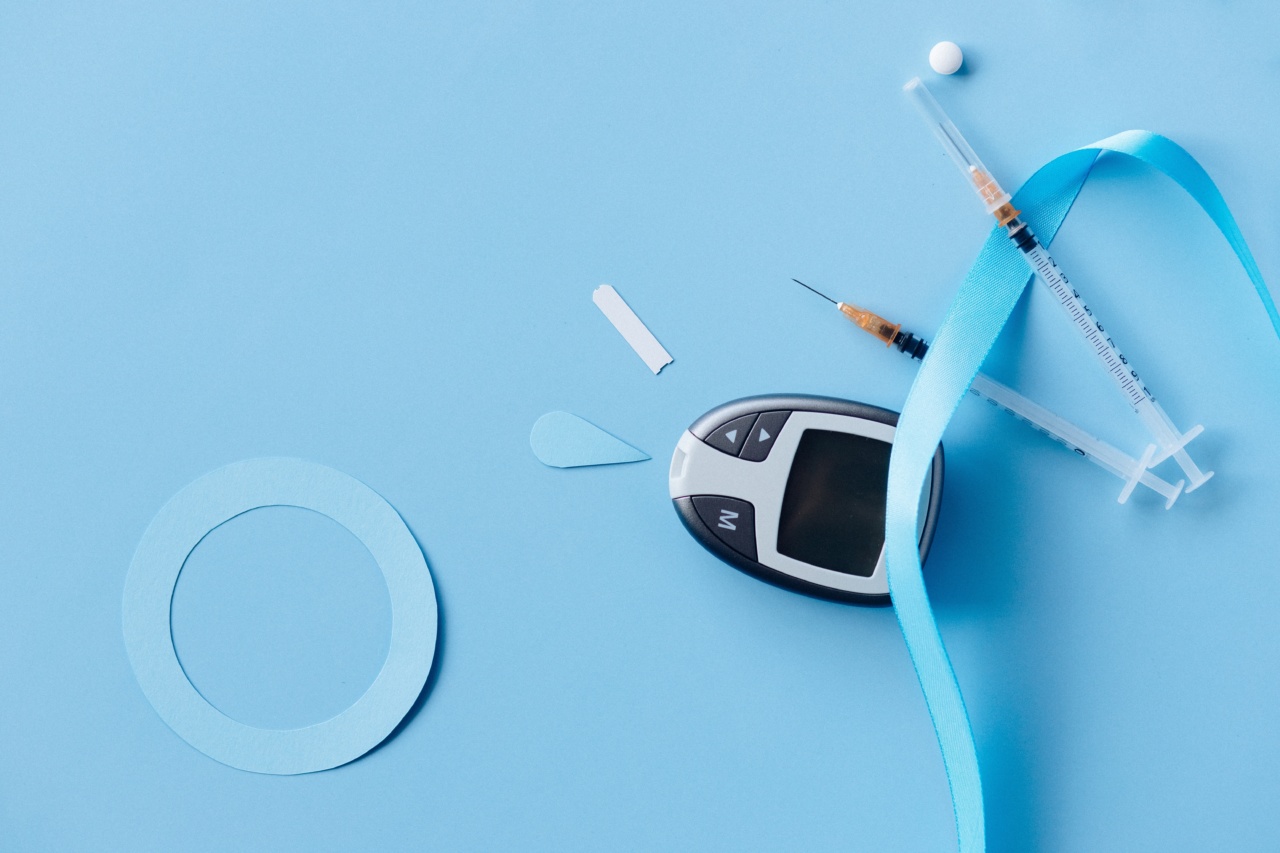Diabetes is a chronic disease that affects millions of people worldwide. It occurs when the body cannot produce or use insulin effectively, leading to high blood sugar levels.
Diabetes can have serious consequences if left untreated, including damage to vital organs such as the heart, kidneys, and eyes. Fortunately, there are many ways to manage diabetes, including exercise.
Types of Diabetes
There are three main types of diabetes: type 1, type 2, and gestational diabetes. Type 1 diabetes occurs when the body’s immune system attacks and destroys the cells in the pancreas that produce insulin.
Type 2 diabetes, which is the most common form of diabetes, occurs when the body becomes resistant to insulin or does not produce enough of it. Gestational diabetes occurs in pregnant women who develop high blood sugar levels during pregnancy.
Importance of Exercise for Diabetes
Exercise is an important part of managing diabetes. When you exercise, your body uses more glucose (sugar) for energy, which can lower blood sugar levels. Exercise also helps your body use insulin more effectively, which reduces the need for medication.
Additionally, exercise can help you lose weight, which is important for people with type 2 diabetes because excess weight can make insulin resistance worse.
Types of Exercises for Diabetes
There are many types of exercises that can be beneficial for people with diabetes, including:.
- Aerobic exercise: This type of exercise includes activities like walking, running, swimming, and cycling. These activities increase your heart rate and breathing, and can help lower blood sugar levels.
- Strength training: This type of exercise involves using weights or resistance bands to build muscle. Muscle tissue uses more glucose than fat tissue, so increasing your muscle mass through strength training can help lower blood sugar levels.
- Flexibility exercises: These exercises, such as stretching and yoga, can help improve your range of motion and reduce the risk of injury. They can also help reduce stress, which can be beneficial for people with diabetes.
Combining Different Types of Exercises
Combining different types of exercises can be especially beneficial for people with diabetes.
For example, combining aerobic exercise with strength training can help you burn fat and build muscle, which can help lower blood sugar levels and improve heart health. Additionally, adding flexibility exercises to your routine can help reduce the risk of injury and improve overall mobility.
Getting Started with Exercise
If you have diabetes, it is important to talk to your doctor before starting any exercise program. Your doctor can help you determine what types of exercises are safe for you and recommend any modifications you may need to make.
Additionally, you may need to check your blood sugar levels before and after exercise, especially if you take insulin or other medications that can affect your blood sugar.
When getting started with exercise, it is important to start slowly and gradually increase the intensity and duration of your workouts. Aim for at least 30 minutes of moderate-intensity exercise most days of the week.
You can also break up your exercise into shorter sessions throughout the day.
Tips for Exercising with Diabetes
Here are some tips to keep in mind when exercising with diabetes:.
- Carry a source of fast-acting carbohydrates, such as fruit juice or a glucose gel, in case your blood sugar levels drop too low.
- Wear comfortable shoes and socks to reduce the risk of blisters and other foot problems.
- Drink plenty of water before, during, and after exercise to stay hydrated.
- Avoid exercising in extreme heat or cold, as this can affect your blood sugar levels.
- Monitor your blood sugar levels before and after exercise, and adjust your medication as needed.
Conclusion
Exercise can be a powerful tool in managing diabetes.
By combining different types of exercises and working with your doctor to develop a safe exercise plan, you can improve your blood sugar control, reduce your risk of complications, and improve your overall quality of life.






























